Every soil testing lab provides its own nuanced analysis and recommendations, and you are free to send your soil tests to whichever lab you prefer, but we recommend Logan Labs in Ohio. Our experience with them has been very positive, and we believe they provide a soil analysis that is most compatible with the teaching of the course.
soil sample form here.
We are now recommending the "Ag-Dyn 3" test, which includes testing for As, Cd, Co, Cr, EC, ENR, Mo, Ni, Se, Si. This is noted on the form available for download here. The Ag-Dyn 3 is not listed on the Logan Labs website, but is instead a custom Standard Plus test we have co-designed with Logan Labs to provide you with even more detailed insight on the health and vitality of your soil. Cost for the Ag-Dyn 3 test is $35 per sample..
All those using Logan Labs and this form should send their test sample(s) directly to the lab, along with the appropriate amount of payment.
Soil test results come with target ranges as guidance, but Bionutrient Food Association members wishing to get further assistance with interpreting their soil tests and consultation on their growing practices can contact the BFA staff agronomist at agronomy@bionutrient.org. BFA "Grower" members are entitled to one hour of free consultation, while BFA "Vital" members can consult with our agronomist at the reduced rate of $34/half hour or $55/hour. Not a member yet? Learn more
Instructions for taking a soil sample
Supplies
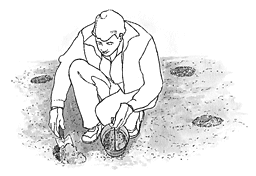
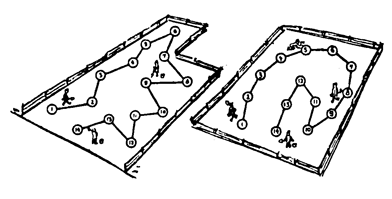
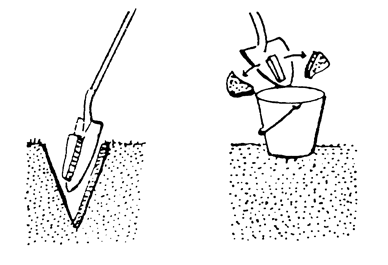
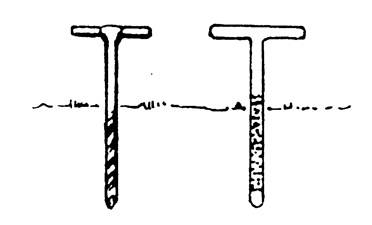
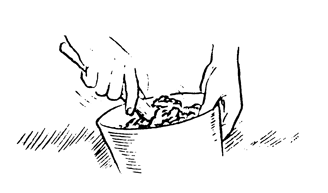
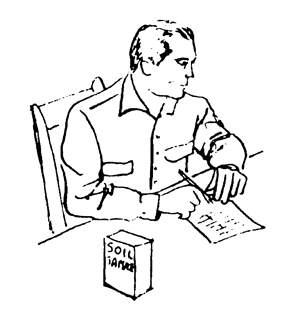
- Use a tool such as an auger, a soil sampling tube, or a spade and knife for taking soil samples.
- A clean bucket or other suitable container. Do not use a container made of metal.
Where to Sample
- Take a composite sample from each area or field
- If you have large trouble spots or areas that differ extremely in appearance, slope, soil structure, productivity, drainage, or soil treatment, put a composite sample from each of these areas in separate sample boxes.
- For a composite sample, take soil from at least five sites in a garden or lawn and up to 15 sites in a large field (as illustrated in the diagram). Avoid areas or conditions that are different, such as areas where fertilizer or liming materials have been applied, near a road, fence row, compost pile, or other non-typical areas.
How to Sample
- Remove surface debris such as straw, leaves, and old stalks from the soil surface.
- If you use a shovel and a knife, dig a hole about six inches deep. Take a slice of soil one-half inch thick and six inches deep and keep it on the shovel. From the center of this slice, cut a strip one-half inch wide from top to bottom and put it in the bucket. Repeat this at each site in the field.
- If you use a soil auger or soil tube, take soil cores about six inches deep at each site and put in the bucket.
- Mix the soil from all the sites in the same area. Place soil on a newspaper. Break any clods or lumps and let the sample dry at room temperature. Do not use heat for drying.
- Select out a one pound representative sample to submit. Fill the sample box or ziploc bag with the dry soil, clearly marking the outside of the box or bag with your name, your address, and the sample number. Keep a record for yourself of the area represented by each sample.
- Repeat as desired, depending on the size and varied terrain of the land. (Each sample is $30 for the Base Test Plus.)
Mailing the Sample
- If using Logan Labs, box up your soil sample(s), and mail to: Logan Labs
620 N Main Street
Lakeview, OH 43331
Still More
For more instructions on soil sampling, you can visit the Logan Labs website, and click "Sampling" in the menu.

